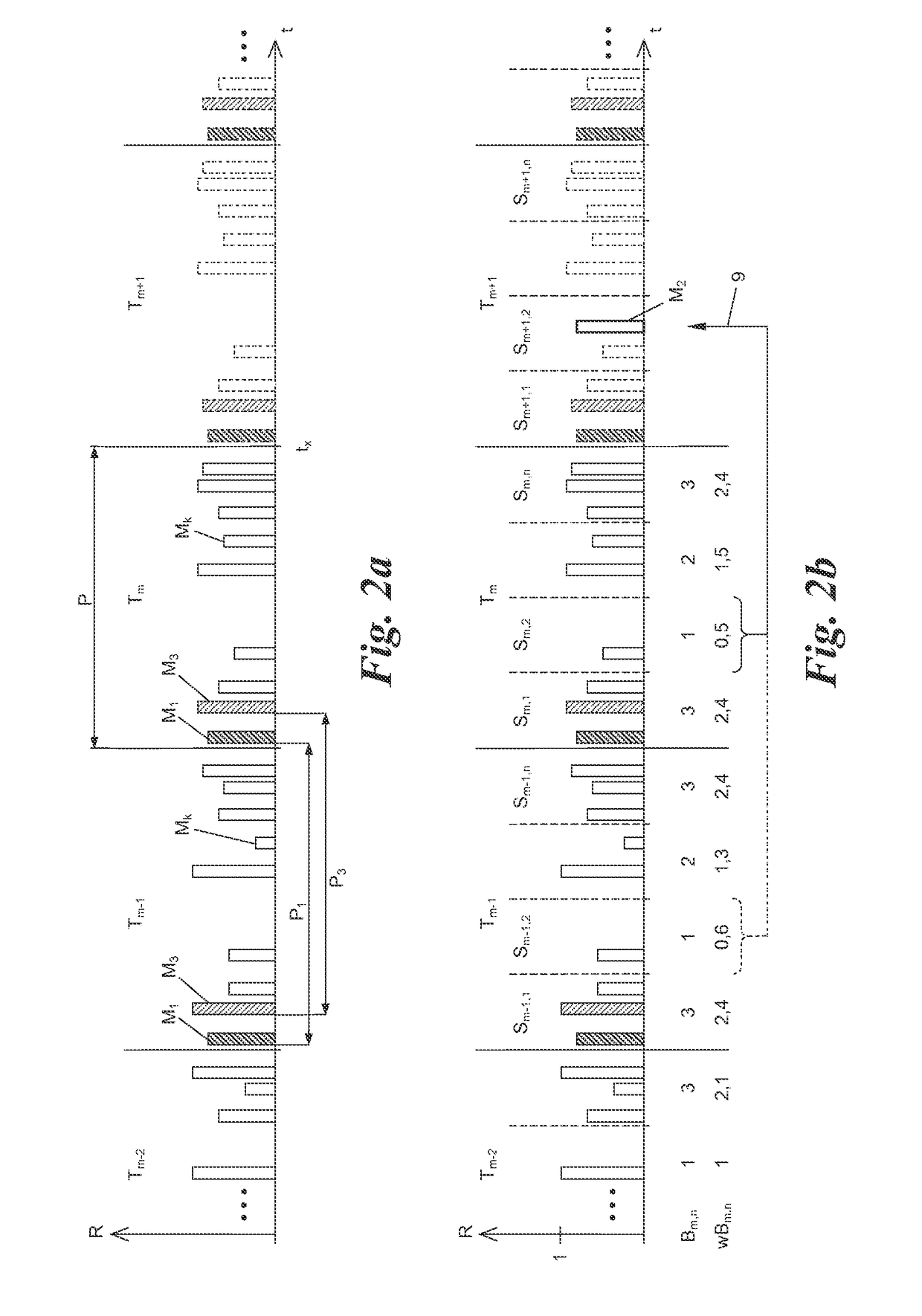Method for transmitting messages in ad hoc networks
a message and ad hoc technology, applied in the direction of network topologies, network traffic/resource management, electrical devices, etc., can solve the problem of high risk of secondary collision, and achieve the effect of efficient transmission
- Summary
- Abstract
- Description
- Claims
- Application Information
AI Technical Summary
Benefits of technology
Problems solved by technology
Method used
Image
Examples
Embodiment Construction
[0035]According to FIG. 1, a plurality of network nodes N1, N2, . . . , in general Ni, communicate with each other in an asynchronous ad hoc network 1 via short range wireless links 2. Some of the network nodes Ni are mobile, e.g., vehicles on a roadway 3 having lanes 4 in which the vehicles or network nodes N1 to N9 each travel at a speed in a direction, i.e., according to a velocity vector 5. Other network nodes N10, N11 are stationary, e.g., are installed on the side of the roadway 3 or above said roadway 3.
[0036]According to the nature of an ad hoc network 1, the short range wireless links 2 are dynamically established or terminated when two network nodes Ni enter or leave, respectively, the radio range of the other network node.
[0037]According to FIG. 2a, the network nodes Ni shown in FIG. 1 each send and receive messages M1, M2, . . . , in general Mi, via the radio links 2 to or from another network node or other network nodes Ni located within the radio range thereof. The mes...
PUM
 Login to View More
Login to View More Abstract
Description
Claims
Application Information
 Login to View More
Login to View More - R&D
- Intellectual Property
- Life Sciences
- Materials
- Tech Scout
- Unparalleled Data Quality
- Higher Quality Content
- 60% Fewer Hallucinations
Browse by: Latest US Patents, China's latest patents, Technical Efficacy Thesaurus, Application Domain, Technology Topic, Popular Technical Reports.
© 2025 PatSnap. All rights reserved.Legal|Privacy policy|Modern Slavery Act Transparency Statement|Sitemap|About US| Contact US: help@patsnap.com



